Corvallis childcare facilities still feeling negative effects of COVID-19 pandemic
May 2, 2022
Corvallis, Ore. is already a childcare desert—meaning there is a lack of access to quality and affordable childcare—and local non-profit daycares are still feeling the effects of the COVID-19 pandemic.
According to a 2019 study from Oregon State University’s College of Public Health and Human Sciences, childcare deserts can be defined as communities with more than three children for every regulated child care slot.
Benton County, at the time of the study, had 1,354 total slots, 8% of which were publicly funded. Thirty-one percent of the total 0-5 year olds in the county had access to a regulated spot; communities with fewer than 33% of the county’s children having access to a spot are considered childcare deserts.
Evan Baden, Oregon State University photography instructor and parent of a 2-year-old girl, shared his troubles of living in a childcare desert.
“We’ve been really lucky with it, but I think everywhere is a childcare desert,” Baden said.
Baden has had trouble finding childcare in both Eugene, Ore. and Corvallis.
“When you are in emergency need, you just don’t get those options,” Baden said. “You have to take any place that will have you.”
When COVID-19 hit, Baden had to have his daughter, who was eight months old at the time, on Zoom calls with him when he was at work.
“She needed naps so that meant stopping my classes to put her down for naps, that meant trying to feed her in a highchair while teaching,” Baden said. “It’s very hard to maintain concentration when that’s happening, both for me and the students.”
The pandemic was challenging for everyone’s mental health, but was especially difficult for parents.
“I think many parents had pretty difficult mental health stuff,” Baden said. “It’s absolutely exhausting. You’re left with no energy to do anything else.”
Brenda Daigle, executive director of the Corvallis Community Children’s Center, spoke of the challenges of balancing tuition, affordability and wages for staff.
“We want to be able to pay our staff a living wage, but we want to keep our tuition down so that it’s affordable to parents,” Daigle said.
The cost of childcare at the CCCC is $1,400 per month, but in order to pay the staff a living wage, Daigle said tuition would need to be $1,800 per month.
“[Having access to childcare] is critical,” Daigle said. “It’s mandatory. Everybody should have access to quality childcare and that’s not happening right now.”
During the pandemic, Daigle said things only got harder.
“Before the pandemic, we had two fully staffed and fully enrolled childcare facilities,” Daigle said. “In May of 2020, one of our facilities fully shut down and is no longer operational. Now we’re down to one facility that is only half staffed and half enrolled because of the labor shortage. It has severely affected us.”
At one point, the CCCC even had to shut down its last facility for five months. When it was ready to reopen, Daigle reached out to staff to see who wanted to begin work again and many did not want to, because they were getting more money from their unemployment benefits.
Many people are affected by living in a childcare desert, but one of the most impacted are the children, according to Daigle.
“It really does affect children when they have to stay at home,” Daigle said. “They don’t have a routine anymore, they’re not emotionally engaged, they’re not socially engaged, so it really messes up their world.”
When it comes time for children to re-enter the classroom setting, it’s a big adjustment that can be confusing and emotionally challenging.
“Nobody can win in this type of situation,” Daigle said.
Daigle said she would like to see a change in how people view early care and education.
“I would like it to become a public issue, not a private issue,” Daigle said. “If this was part of the public school system, number one, we would get more attention, and number two, the teachers would be treated more fairly. I think it would be more equitable all around.”
Josephine Silver is the director of Peaceful Earth Preschool and Childcare. She and her wife have been working without any other staff to run their business since the pandemic, making it incredibly stressful and exhausting. Being so understaffed makes meeting state requirements difficult to maintain.
“The state has ratios for children two to five: you have a 10-1 ratio,” Silver said. “It’s not legal for us to go to the bathroom. When one of us leaves to go make lunch we’re actually above ratio. It makes for a very long day.”
In Oregon, certified child care centers can have up to 10 children per classroom, and the ratio of caregiver to child varies across age ranges. Children six weeks to 23 months have a 1-4 ratio; children 24 months to 34 months have a 1-5 ratio; and children 36 months to kindergarten age and kindergarten age and up have 1-10 ratios.
When Silver and her partner got COVID-19, there were no other people to keep the business going, and so they had to shut down until their health improved.
Not only is it hard to find staff in general, finding people who have the needed qualifications for the job is almost impossible, according to Silver. All staff must go through the Central Background Registry, a process that can take up to four months. Niether staff nor employers have the time to wait that long, Silver said.
Silver said she has at least two families in desperate need of childcare, but she doesn’t have enough staff to take them in.
“I consider myself a highly qualified childcare worker, and yet I can’t help those who need my skills the most because I’m too tired,” Silver said.
To have quality childcare, Silver believes teachers need to be trained in child development and have a personality suited to dealing with children.
“[We strive for] a challenging environment where the teachers understand how to balance safety and risk-taking,” Silver said. “The other part is just love. You gotta love the children and they have to feel safe and secure.”












































































































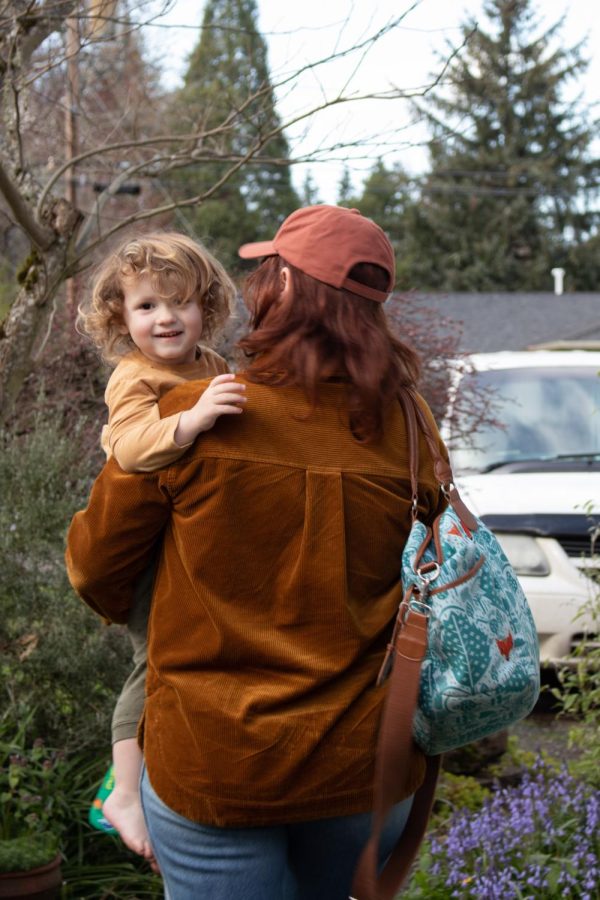






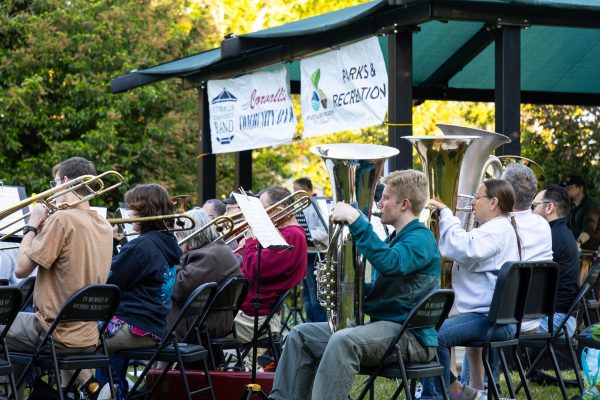
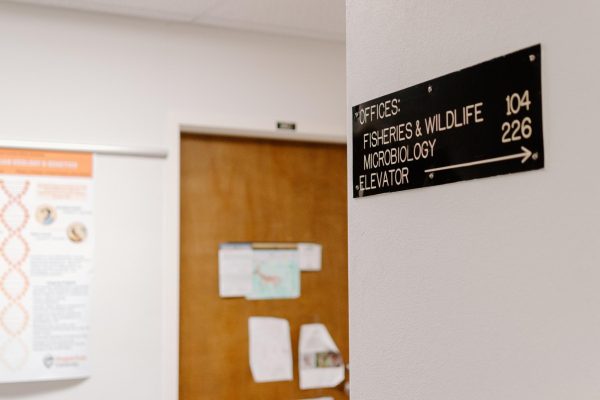
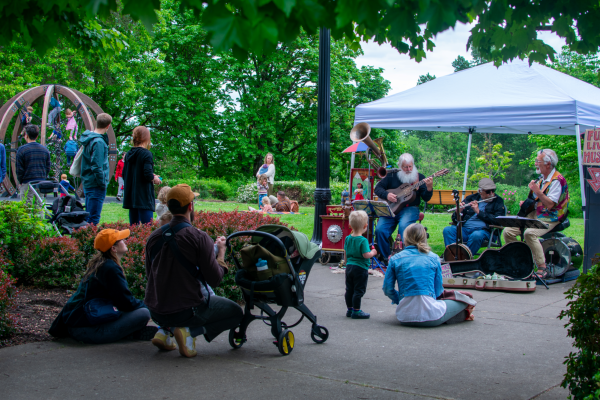

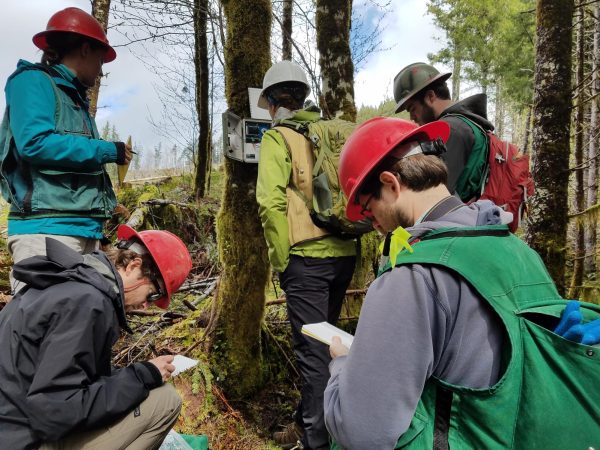
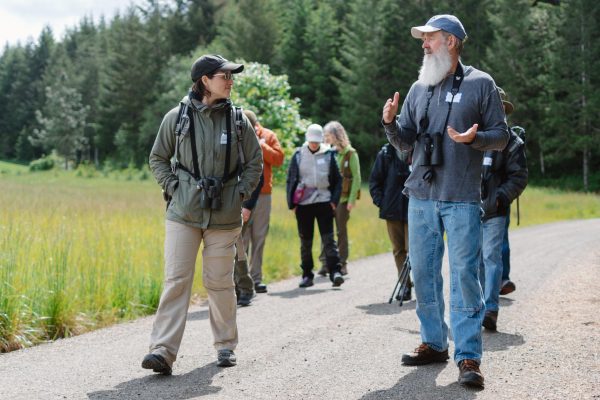
Josephine Silver • May 8, 2022 at 6:30 pm
Although love is an important component of quality childcare, The most important take home is that quality childcare is unaffordable for most parents and workers are desperately underpaid. It will continue to be a desert until childcare is universally funded like our public schools. The desert impact
low income essential workers the most. Josephine Silver.